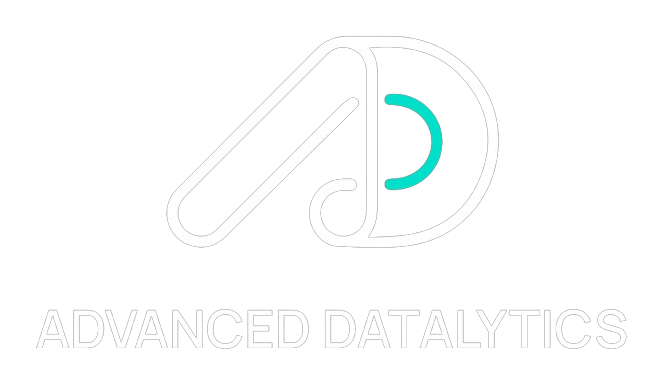Generative AI, one of the most transformative technologies of the modern era, has rapidly gained traction across industries, from content creation and software development to healthcare and beyond. As the world continues to embrace AI-driven solutions, understanding how to learn and apply generative AI has become a crucial skill for businesses and professionals alike. But where do you begin, and how can you effectively deploy generative AI systems?
At Advanced Datalytics, we excel in managing the entire lifecycle of generative AI, from initial ideation to building production-grade systems. Whether you’re new to AI or a seasoned tech professional, this blog will guide you on how to learn and apply generative AI, and demonstrate how Advanced Datalytics can support you in harnessing this cutting-edge technology.
How to Learn Generative AI
- Understand the Basics of AI and Machine Learning
Before diving into generative AI, it’s essential to understand its foundational concepts. Generative AI is a subset of machine learning that focuses on creating new data (such as text, images, or even entire systems) that resemble a given dataset. Start by learning about:
○ Artificial Intelligence (AI): The broader field that focuses on building systems capable of intelligent behavior.
○ Machine Learning (ML): A core aspect of AI where systems learn from data to make predictions or decisions. - Helpful resources include free courses on platforms like Coursera or edX, as well as the detailed documentation from OpenAI or Google AI.
- Familiarize Yourself with Generative Models
Generative models are the backbone of generative AI. Some of the most common types include:
○ Generative Adversarial Networks (GANs): A pair of neural networks that work together to generate new data.
○ Variational Autoencoders (VAEs): Used to generate new samples that are close to the original data distribution.
○ Transformer Models: These are foundational to natural language processing (NLP) and power systems like OpenAI’s GPT models.
Learning these models will give you a strong understanding of how generative AI systems function and generate new content. - Learn Key Tools and Libraries
Python is the primary language for AI development, and there are several key libraries you’ll need to learn, including:
○ TensorFlow and PyTorch: Two of the most widely-used frameworks for building and training AI models.
○ Hugging Face: A hub for pre-trained transformer models, especially useful for NLP applications.
○ Keras: A high-level API built on TensorFlow, making it easier to experiment with neural networks.
- Once you’re comfortable with these libraries, start experimenting with pre-built models to understand their capabilities.
- Experiment with Pre-trained Models
One of the fastest ways to apply generative AI is to start experimenting with pre-trained models. Models like OpenAI’s GPT-4 or Stable Diffusion (for image generation) are available for use through APIs or libraries. These models allow you to generate text, images, or other data types without needing to train a model from scratch.
Tools like Google Colab and Kaggle provide free access to powerful GPUs, allowing you to experiment with and fine-tune these models without significant hardware investments. - Work on Real-World Projects
Once you have a solid understanding of generative AI models, it’s time to apply your knowledge to real-world problems. Pick projects that align with your interests, whether it’s generating text, creating artwork, or developing AI-driven chatbots. Working on projects helps solidify your learning and gives you the hands-on experience needed to deploy generative AI in production.
How Advanced Datalytics Excels in the Complete Lifecycle of Generative AI
At Advanced Datalytics, we offer comprehensive solutions for businesses looking to leverage generative AI, from ideation through to production-grade systems. Here’s how we can support each stage of your generative AI journey:
- Ideation and Conceptualization
Every successful generative AI project begins with a strong idea. At Advanced Datalytics, we work closely with clients to identify use cases where generative AI can provide the most value. Whether it’s automating content creation, optimizing workflows, or developing AI-driven products, our experts guide businesses through the ideation process to create high-impact AI strategies. - Model Selection and Development
The heart of any generative AI solution is the model itself. Our team of skilled data scientists and AI engineers excel in selecting the right generative models, from GANs to transformers, and customizing them for specific client needs. Whether you require a model trained from scratch or a pre-trained one fine-tuned to your business, we provide end-to-end development. - Training and Fine-Tuning
Generative AI models require significant amounts of data and computational resources to train effectively. Advanced Datalytics ensures that models are trained using the latest techniques and optimized for accuracy and efficiency. We also fine-tune pre-existing models to suit specific business goals, ensuring high performance and adaptability. - Integration into Business Processes
One of the most challenging aspects of generative AI is integrating it into existing business operations. Advanced Datalytics excels at seamlessly embedding AI systems
into workflows, ensuring that the technology complements, rather than disrupts, daily operations. From automated content generation to advanced AI-driven insights, we ensure the solutions are practical and scalable.
- Monitoring and Maintenance
The job doesn’t end once the model is in production. Advanced Datalytics offers continuous monitoring and maintenance to ensure that generative AI systems continue to perform optimally. We also provide regular updates and fine-tuning to adapt to changing data patterns and business requirements.
Advanced Datalytics: Offering Solutions Relevant to Generative AI
Advanced Datalytics offers a range of tailored solutions to help businesses apply generative AI effectively:
● Content Creation Automation: From blog posts to product descriptions, our generative AI models can automate content generation at scale, saving time and increasing efficiency.
● AI-Powered Chatbots: Enhance customer service with AI-driven chatbots that can interact naturally with users and provide real-time assistance.
● Custom Model Development: Need a specialized AI solution? We build custom generative models tailored to specific business challenges.
● Data-Driven Decision Making: Unlock insights from large datasets using generative models that analyze, predict, and generate valuable outputs based on business data.
Conclusion
Learning and applying generative AI may seem daunting, but with the right approach and resources, it’s accessible to anyone willing to invest the time. Advanced Datalytics provides a complete, end-to-end solution for businesses looking to leverage generative AI, ensuring smooth transitions from ideation to production-grade systems. By partnering with us, you can ensure that your generative AI initiatives are not only cutting-edge but also practical and scalable for long-term success.
If you’re ready to explore the power of generative AI, reach out to Advanced Datalytics today!





